Iran : Journey to Abyenah Village via the Uranium Enrichment Facility
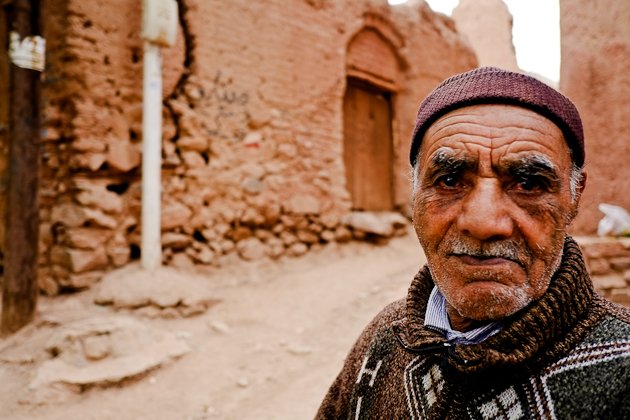
“This is, this, how to say… Atomic Factory…Atomic. Yes.” Not exactly the words I was expecting to hear from Amir, the friendly taxi driver from Kashan, in Central Iran. He must have seen us trading inquisitive looks in the back seat. We were cruising through the beautiful Iranian desert, en route to the 500-year-old red-mud hued village of Abyaneh. Mr Amir took the “old road”, as he thought the mountain backdrop against the dry hazy desert would hold more beauty. He was right. One moment, nothingness. The next – tanks and anti-aircraft artillery. We were within spitting distance of a certain highly topical uranium enrichment facility. When I say spitting distance, I mean – spitting distance.
“So, I can take photos of atomic factory?”. I must have been wearing the single most cheekiest grin of my life. “No, no – no photos. Ha!”. However, Mr Amir was amused. We didn’t speak any more of the infamous nuclear facility near the town of Natanz, and continued on to the destination for today – the remote village of Abyaneh. Which, as the crow flies, is less than 10 miles from the aforementioned facility.
click to see an interactive map showing the location of this article
By the way – both locations, Abyaneh village and the “secret” nuclear facility, are available to view in high-definition on Google maps. It’s kind of disappointing that the most discussed and secretive uranium enrichment facility on earth isn’t hidden better. Circa 1960’s Bat-Cave might be a good starting point for the architectural design, in my humble opinion. Lex Luthor, Dr No, or any number of evil geniuses could provide some inspiration, it’s sorely needed.
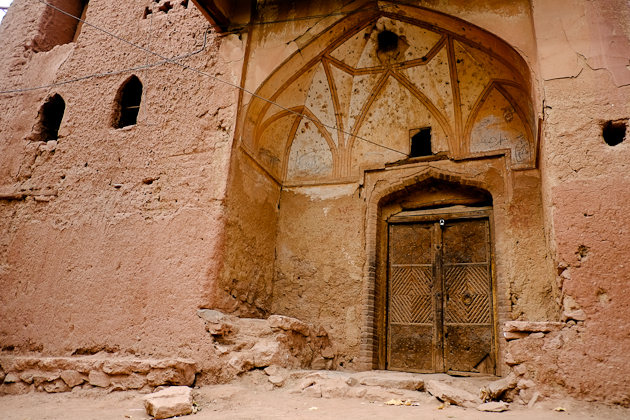
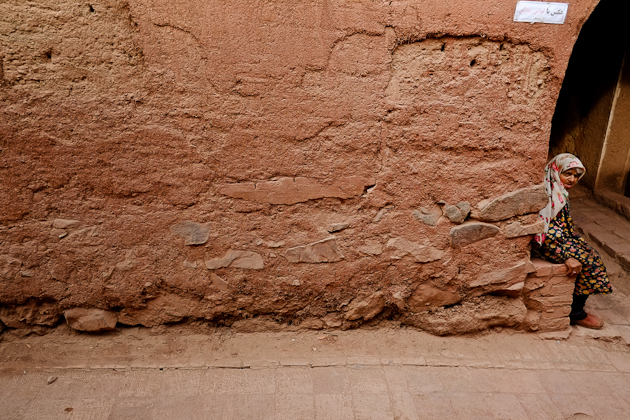

In any case, I digress. More than a digression, it’s a cover for my lack of ability to give literary justice to Abyaneh. Take a look at the photos. Are there any words that can possibly give a holistic view of a fully functioning ancient Iranian village perched on the side of a mountain?
Sheepishly wandering through the narrow and winding lane-ways of Abyaneh, I noticed elements of the way things must have always been around here. The often crumbling architecture. Centuries old traditional dress worn by the predominantly older Abyaneh people (population is said to be about a hundred). But, there were also tell-tale signs of the modern world. The occasional satellite dish, an ATM machine, phone and electricity infrastructure, convenience store, and of course, a gift shop. Albeit, a very low key handicrafts sort of shop, with no lighting.
Abyaneh is Not Only a Tourist Attraction, It’s A Home
Although the desert village of Abyaneh, one of the oldest villages in Iran, is deservedly a tourist attraction – I should note that it’s an authentic and operational village – not a showcase, nothing fake. There aren’t gates or entry fees, you just wander around at your own pace, through any of the streets you please – you’re in a public place. Maybe throw out a “Salam!” here and there to the oldies, who are dotted sporadically around the village, just chillin’ in their ‘hood. I picked up a peach juice from the store, took a seat under the shady fig tree by the waterfall, and just soaked it all in.
The people of Abyaneh have a great custom, that I believe should be more widely used. On the front doors to most houses, there are two door knockers. Each with a different sound – one for men, the other for women. I don’t know about you, but I would find it pretty useful to know prior to opening the door whether or not I needed to put a shirt on. Or pants, for that matter.
Whether it be gushing travel-writer-esque prose, or stale facts and figures, I may fail on both accounts with this article. The five hundred year statistic above? It came from my friendly driver, a Kashan local from down the road. It might be accurate. But it seems a little underestimated to me.
It’s just that in the small city of Kashan (about 50 miles away), a suburban structure has been archaeologically dated to be seven thousand years old. As architects say, it’s still extant. This area of Iran is one of the pre-historical cradles of human civilisation. There were moments sitting in Abyaneh today where the very notion of time, and calendar, seemed somewhat irrelevant.
How to Get to Abyaneh Village in Iran, The Easy Way
The easiest way to visit Abyaneh, is to visit the city of Kashan. It’s about an hour or so away, with a surreal drive through the scrubby, hazy, and dry central Iranian desert. I stayed at the Ehsan Hotel in Kashan, a great choice, and paid about 700,000 rial for the best room they had ($22 US), including Wi-Fi and Breakfast. The room was huge, the location is central, and they can help organise a driver to take you to Abyaneh.
Our driver charged 450,000 rial ($14.50 US) to take us out to the Abyaneh, see a few sites along the way, and then onto the next town called Natanz – putting us within an hour or so of the next Iranian city on my list (Esfahan). All up, we had a driver for about 4 hours or so. His English was great, he was relaxed, and friendly – like most Iranians I have had the pleasure of meeting.
Iran is, beyond shadow of doubt, one of the most interesting countries on Earth. I continue to be amazed on a daily basis. An impossibly huge number of incredible sites and life changing personal interactions, make the days seem longer here. I find it hard to believe I’ve only been in Iran a handful of days.
I’ve already seen things that I could never have imagined.
Abyaneh may not have even been the highlight of today.
Nate
PS, thinking of visiting Iran? I have some really good news.
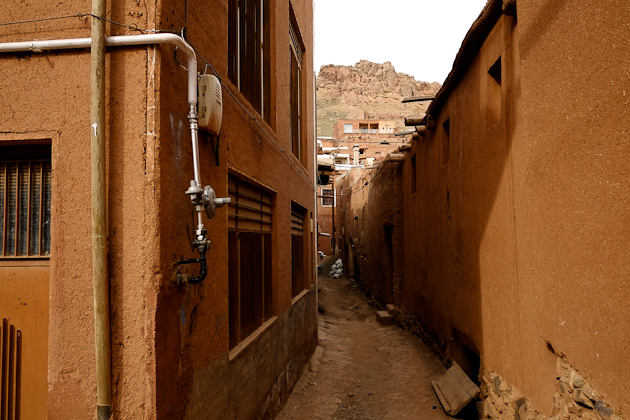
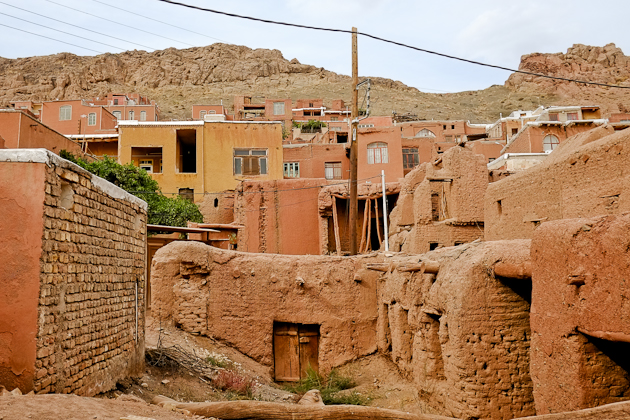

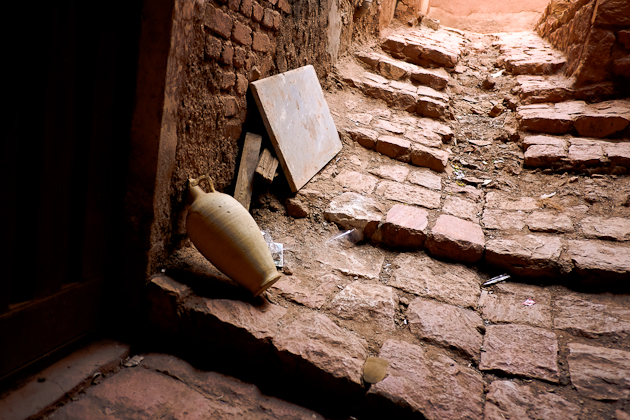
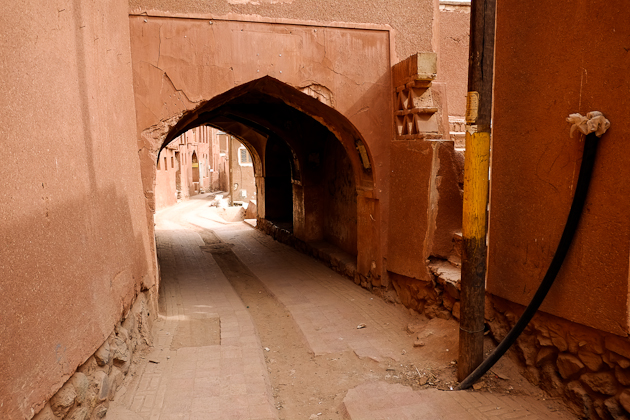

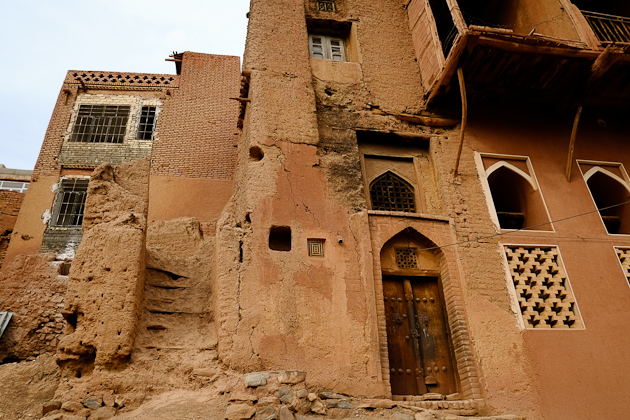
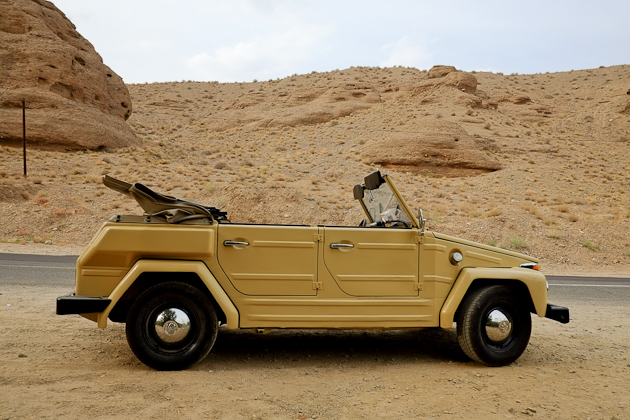

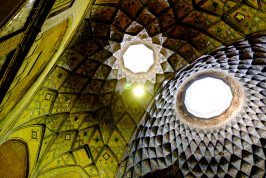

Hey,
Thanks for blogging your experience!
For those wondering, Abyaneh is much much much older than 500 years. Many of the buildings may only be 500 years old but the city goes back at least 2500 years. For example, many of the ruins Nate may have seen are from the Sassanid empire, i.e 200AD , some of the archaeological sites are even from the great Achaemenid Empire from 500BC.
However, the 500 year figure is still significant. When the arabs invaded and brought islam to the country, Abyaneh was one of the few places that resisted the conversion from Zoroastrians (iran’s religion in all its past empires). This remained so until 500 years ago, when Safavid dynasty where Shia Islam was made the state religion.
Hey Sina.. thanks so much for filling in some blanks. I had a feeling that the village must have been older than 500 years. Unfortunately, the article on Abyaneh that appears on Wikipedia is quite lacking in detail, as are many other sites that I checked out trying to research some more info. Not to mention, quite a number of sites were not accessible from here in Iran (I haven’t installed any VPN software).
Really appreciate the input, and look forward to seeing you around – feel free at any time to provide corrections, opinions, or any extra information you feel would be useful for people reading this article.
Wow… I NEVER had a chance to visit such a place. You are really going through all the works… congrats! I would like to hear your opinion on whether the people in the village are also disconnected with the government in the ways that they are in the big cities (i.e. Tehran). I would love to get your intuition and insight on this predicament.
Hey Sassan… I will wait until I have had a few more village-interactions, before offering my opinion. One problem for me is that the people in the countryside don’t speak English as well as the city-folk. But, I can say that the city people are *very* quick to talk about the government, not so much in the villages.
aww Nate, I know that thing pic was just for me- miss you too bro’ ;-)
ha! No shit Ben, I put that Thing picture in thinking “Ben will love this”. The back story is, we parked on the side of the road, and ate some wild figs straight from the trees. This VW turns up, and I approach the Iranian gentleman driving it, and I asked if I can take photos. We chatted with him and his friends, and within about ten minutes, he was saying “you like it? It’s yours! Please, take it!”. I refused, as is the custom here. Before we left, he offered it to me a few more times. Arrggh!
Ah-ma-zing photos. That is all.
Thanks L, hopefully we can catch up soon(ish)…!
Hi Nate, I’m enjoying living vicariously thru your blog and the ‘ Thing ‘ photo made me smile. Quick question. Any particular reason why there’s a big red blotch on your profile pic ?
Take care,
Nancy
Hey Nancy…it’s there just to make people think a little more about censorship on the internet, which is rather topical for me at the moment. Glad you’re enjoying the posts.
Nate
Hey mate, you’re pushing the boundary between blogger and journalist. Makes good reading :)
Any photos of the mountains and desert?
Hey mate!!! How are you! Thanks for the compliment, really appreciate it. To be honest, there has been a lot of desert haze between me and the mountains I have seen, making them really difficult to photograph. But, I will be travelling further in the days to come, so will see what I can do for you :)
I doubt you’ll be getting an Iranian visa again! Fascinating series!
We’ll see ;)
But thanks for the compliments, hope you enjoy the rest of the posts.
Hi Nate. Can we see more pics of Phillia as well please cos we miss her! she looks pretty good in the head scarfe.
Yes! I agree Georgie, I think she looks great in the scarf, but she’s not big on wearing it. I’ll get some more photos of her in the next post, promise! Nice to hear from you.
wow! i would like to visit this city! very nice post nate! i will add this city to my list of places to visit!
Yep. And check out my post on Kharanaq – another incredible location in central Iran.
Just catching up on all your awesome Iran posts, Nate – loving the insights (and the two door knockers, hehe)
Thanks Andrea – always really nice to hear from you. The door knockers are pretty cool, right?